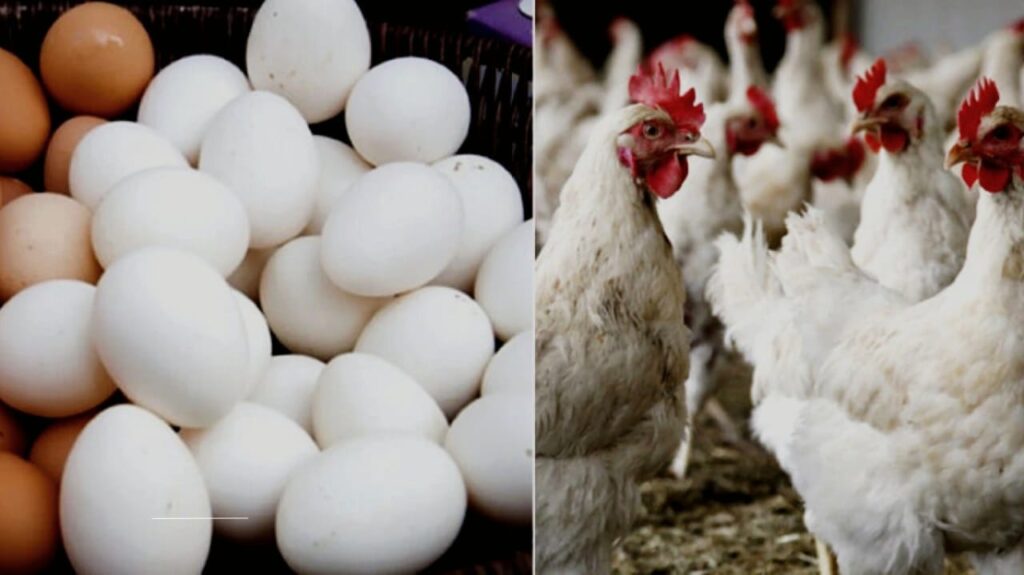
When news of a bird flu outbreak hits headlines, it’s natural to feel uneasy about your next meal. Images of culled poultry flocks and warnings about zoonotic diseases can leave anyone questioning: Is it safe to eat chicken and eggs right now? Let’s cut through the noise and explore what science, global health experts, and decades of research tell us about the risks—and how to navigate them.
Understanding Bird Flu: A Quick Primer
Bird flu, formally known as avian influenza, is a viral infection that primarily affects birds. While wild waterfowl like ducks and geese often carry the virus without showing symptoms, domestic poultry (chickens, turkeys) are highly vulnerable. Strains of the virus are categorized as either low pathogenic (LPAI) or high pathogenic (HPAI), based on their severity. HPAI strains, such as H5N1, can wipe out entire flocks in days and occasionally infect humans.
The current concern revolves around HPAI outbreaks, which have surged globally since 2020. According to the World Organisation for Animal Health (WOAH), over 50 countries reported outbreaks in 2022 alone, impacting millions of birds.
Can You Get Bird Flu from Eating Chicken or Eggs?
This is the million-dollar question. Let’s break it down with clarity:
- The Virus Doesn’t Survive Proper Cooking
The avian influenza virus is heat-sensitive. Cooking poultry to an internal temperature of 74°C (165°F)—standard practice for safe consumption—destroys the virus. Eggs should be cooked until yolks and whites are firm, not runny.
Dr. Maria Van Kerkhove, an infectious disease expert at the World Health Organization (WHO), states: “There’s no evidence that properly cooked poultry or eggs transmit bird flu to humans. The real risk comes from handling infected birds raw, without precautions.” - No Documented Cases Linked to Cooked Food
Since the first H5N1 outbreak in 1997, there have been zero confirmed cases of humans contracting bird flu from eating thoroughly cooked chicken or eggs. Nearly all human infections (over 800 since 2003, per WHO) involved prolonged, direct contact with sick birds or contaminated environments. - Raw or Undercooked Products Pose Theoretical Risks
While extremely rare, consuming raw eggs or undercooked poultry during an active outbreak could increase risk. This is why health agencies advise against eating dishes like homemade mayonnaise or rare chicken.
Myths vs. Facts: Separating Fear from Reality
- Myth: “All poultry products are unsafe during outbreaks.”
Fact: Only products from infected flocks are risky. Regulators cull affected birds and ban their sale. Supermarket chicken and eggs typically come from monitored, outbreak-free farms. - Myth: “Free-range eggs are riskier.”
Fact: Free-range birds are more exposed to wild birds, but farms follow strict biosecurity measures during outbreaks. The bigger factor is proper cooking. - Myth: “Bird flu will turn into a human pandemic.”
Fact: While H5N1 can infect humans, sustained human-to-human transmission hasn’t occurred. Most strains remain poorly adapted to people.
What Global Health Authorities Recommend
Trusted organizations like the WHO, CDC, and FAO emphasize these guidelines:
- Cook Thoroughly: Use a food thermometer to ensure poultry reaches 74°C (165°F).
- Avoid Cross-Contamination: Wash hands, utensils, and surfaces after handling raw meat.
- Steer Clear of Sick Birds: Don’t buy poultry from informal markets or backyard flocks during outbreaks.
- Stay Informed: Follow recalls or advisories from local health departments.
In 2023, the CDC reiterated: “There’s no need to avoid properly cooked poultry or eggs, even in areas with bird flu cases.”
Case Study: Lessons from Past Outbreaks
During India’s 2021 H5N1 outbreak, over 100,000 birds were culled to contain the virus. Despite widespread fear, no human cases were linked to food consumption. Authorities traced infections to poultry workers, not consumers. This mirrors global patterns: outbreaks devastate poultry populations but rarely impact people who follow basic food safety steps.
Economic and Social Impacts Beyond the Plate
While health risks are low for consumers, bird flu wreaks havoc on farmers and food systems. In 2022, U.S. egg prices spiked 60% due to outbreaks, highlighting the economic domino effect. However, panic-buying or boycotting poultry hurts industries unnecessarily. Dr. Joseph Lester, a food safety specialist, notes: “Responsible consumption—not avoidance—supports farmers while keeping kitchens safe.”
Special Considerations for Vulnerable Groups
Immunocompromised individuals, pregnant women, and young children should take extra care:
- Avoid raw or undercooked eggs (e.g., smoothies with raw egg whites).
- Opt for pasteurized egg products in recipes requiring raw eggs.
The Role of Governments and Farmers
Stopping bird flu requires collaboration. Farmers use measures like:
- Isolating flocks from wild birds.
- Regular testing and rapid culling of infected animals.
- Vaccinating poultry in high-risk regions (a practice growing in Europe and Asia).
FAQs: Your Bird Flu Questions Answered
Q: Can I get bird flu from touching eggshells?
A: The risk is negligible if you wash hands after handling eggs.
Q: Are imported poultry products safe?
A: International trade regulations require stringent testing. Stick to reputable brands.
Q: What about pet food containing chicken?
A: Commercial pet foods are heat-processed, eliminating risks.
